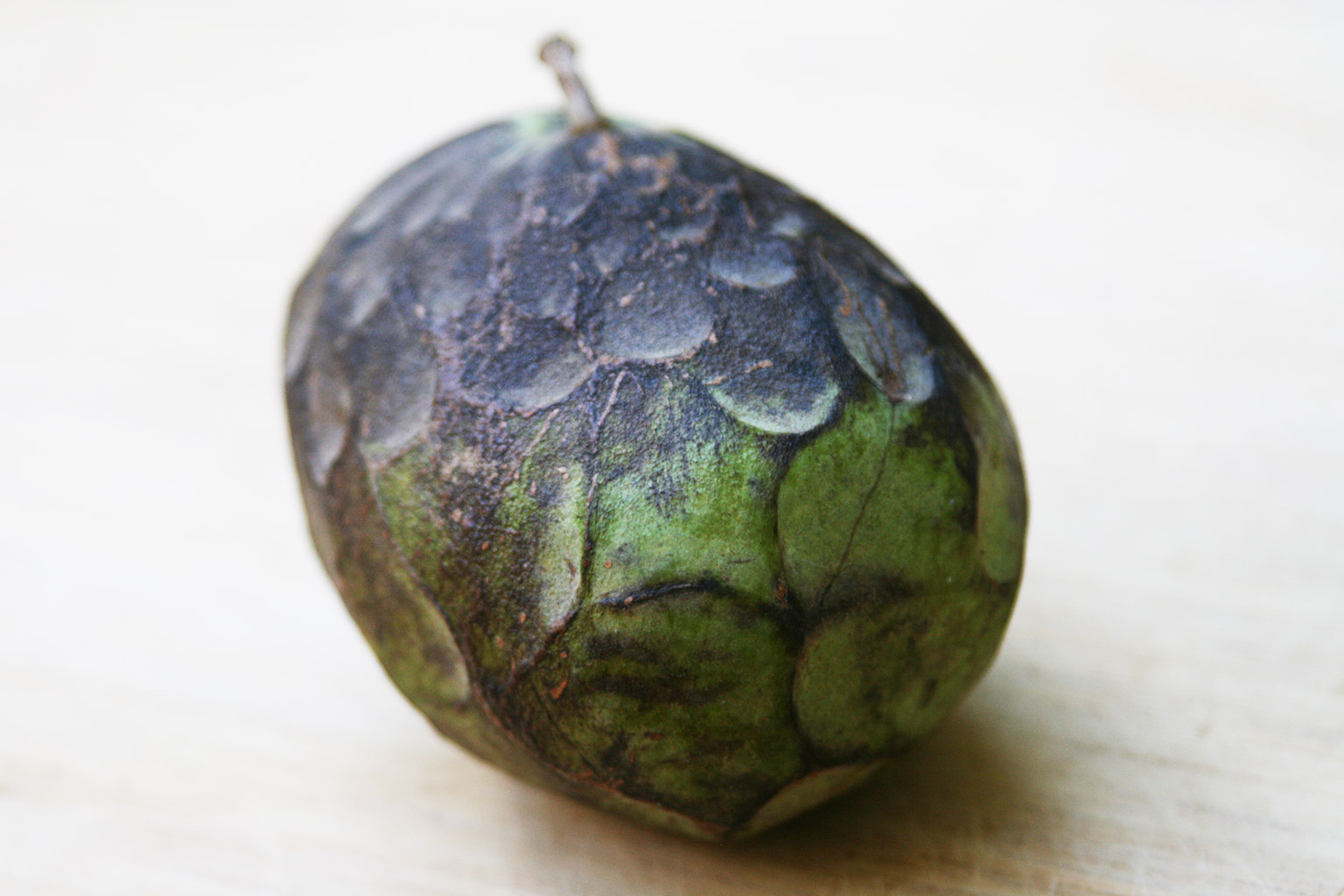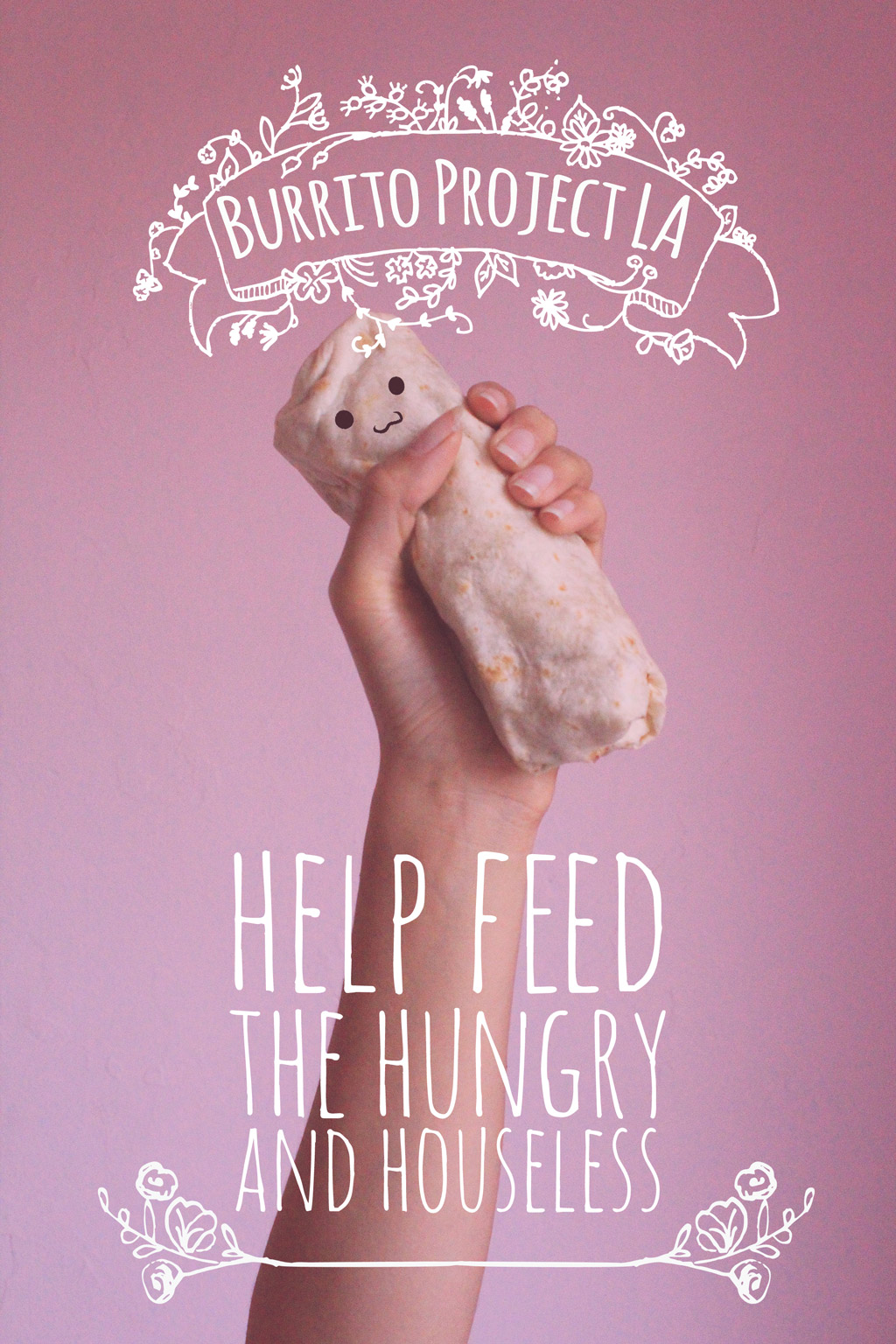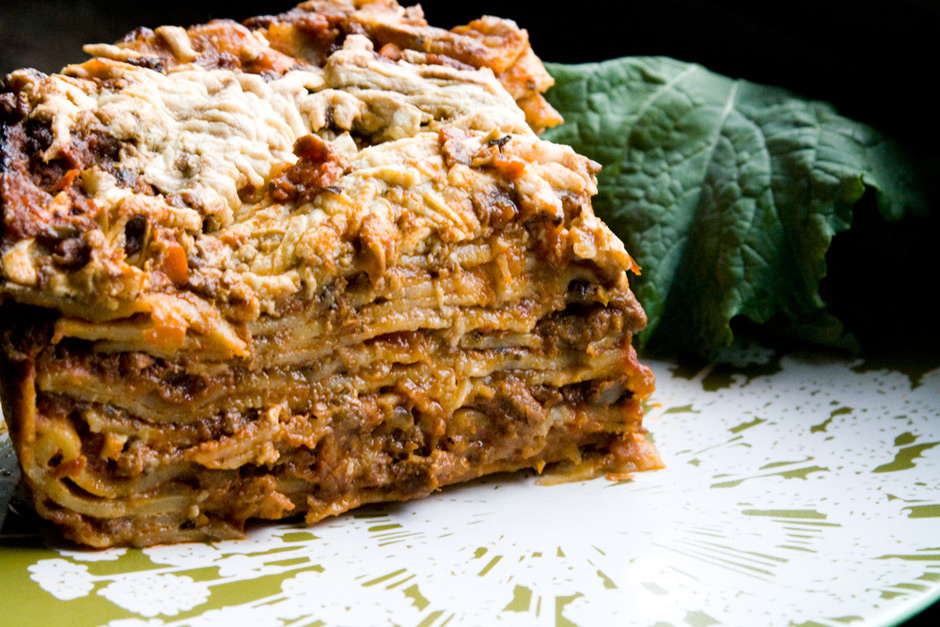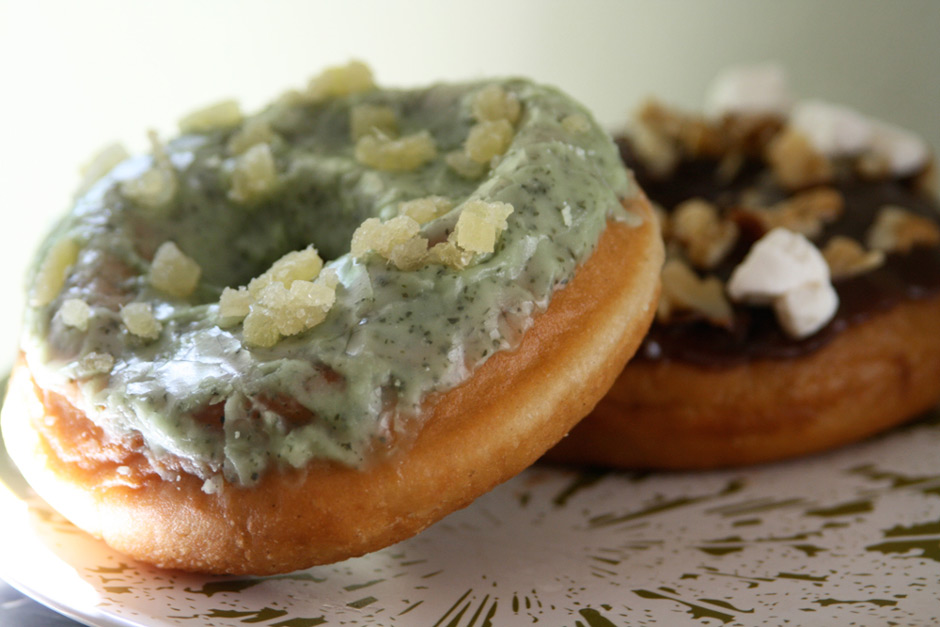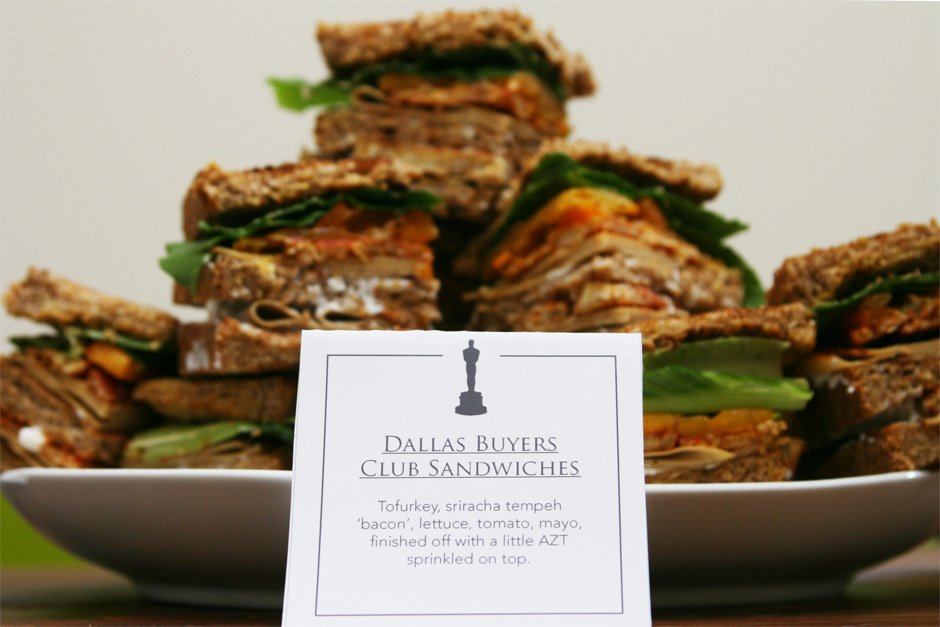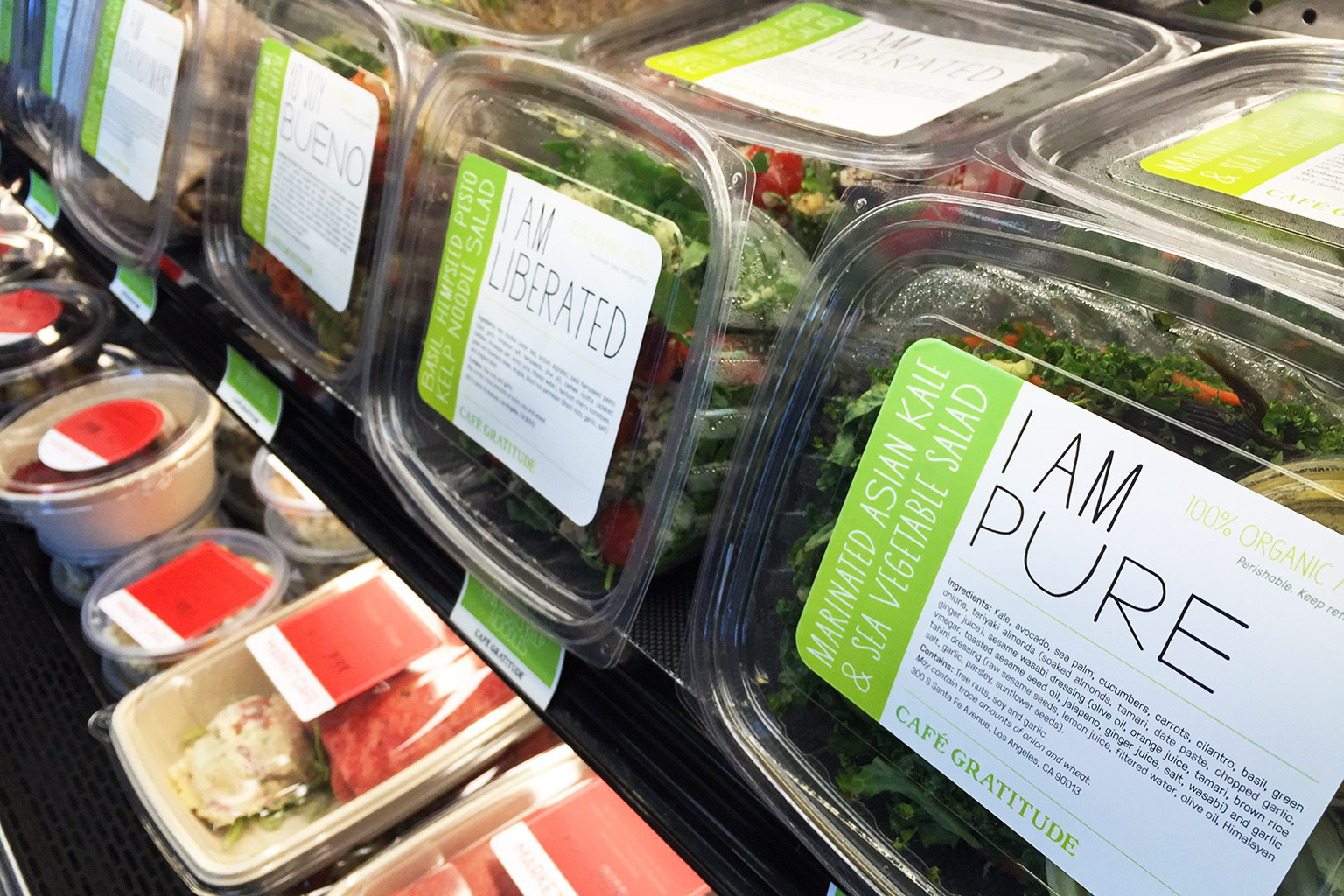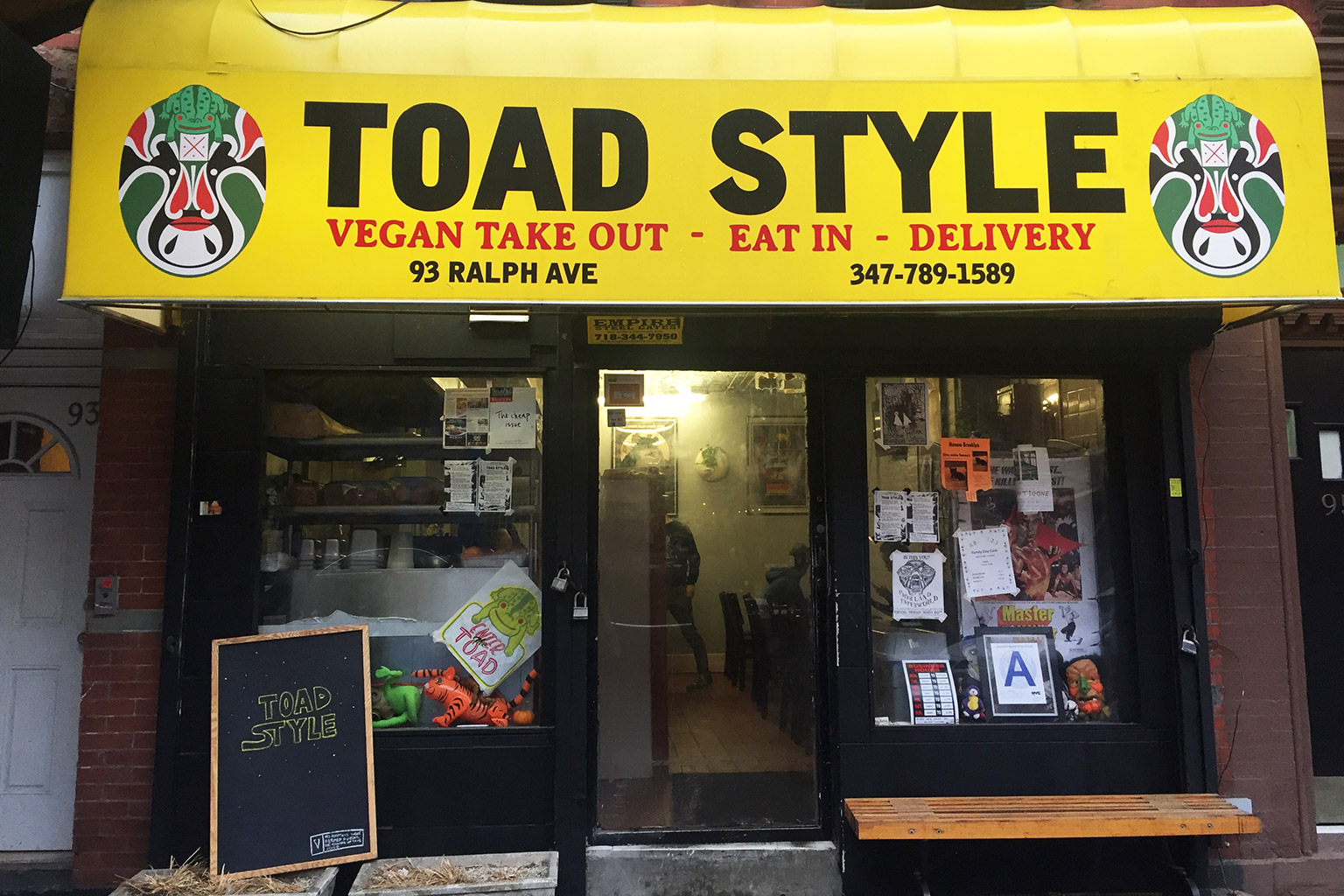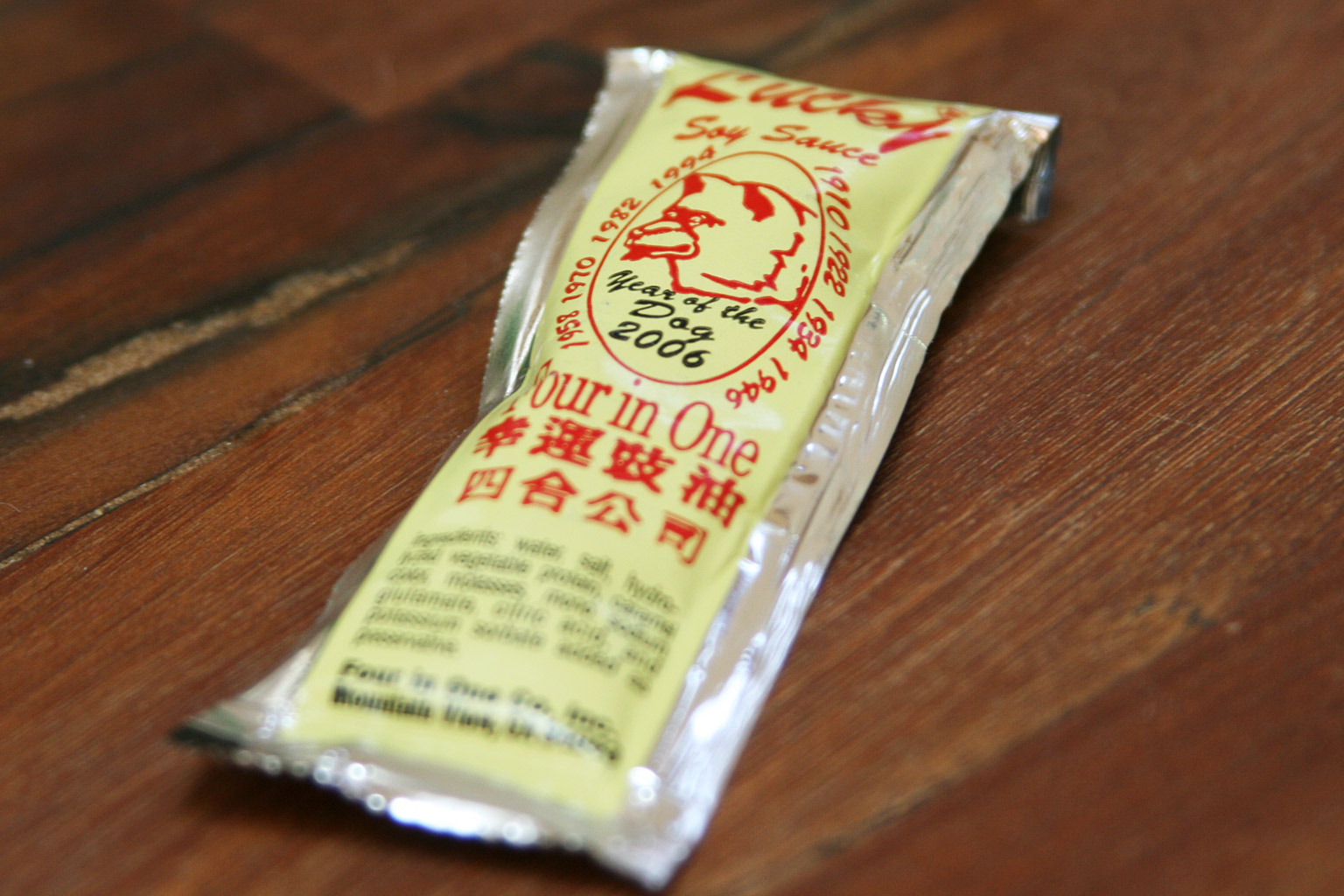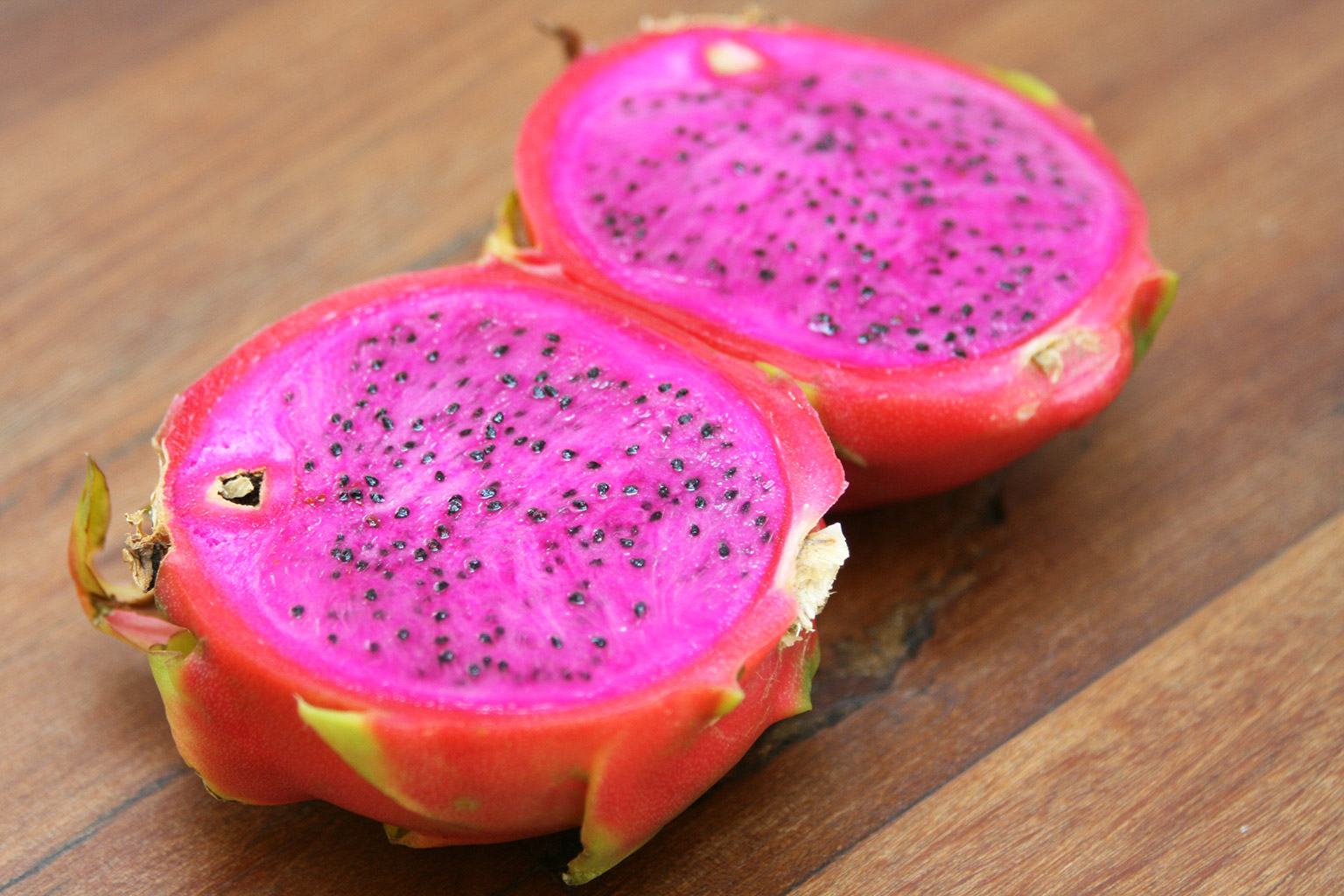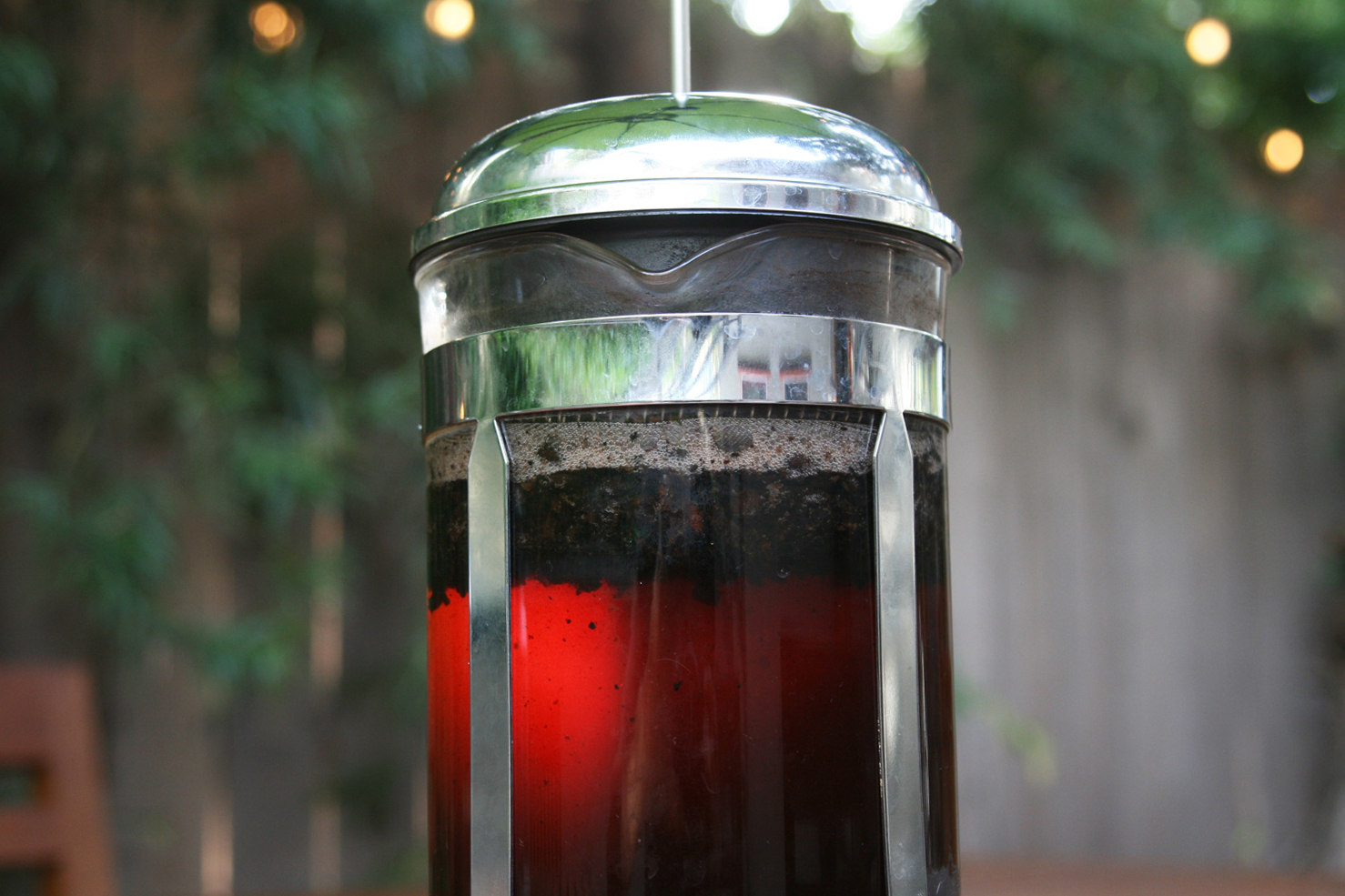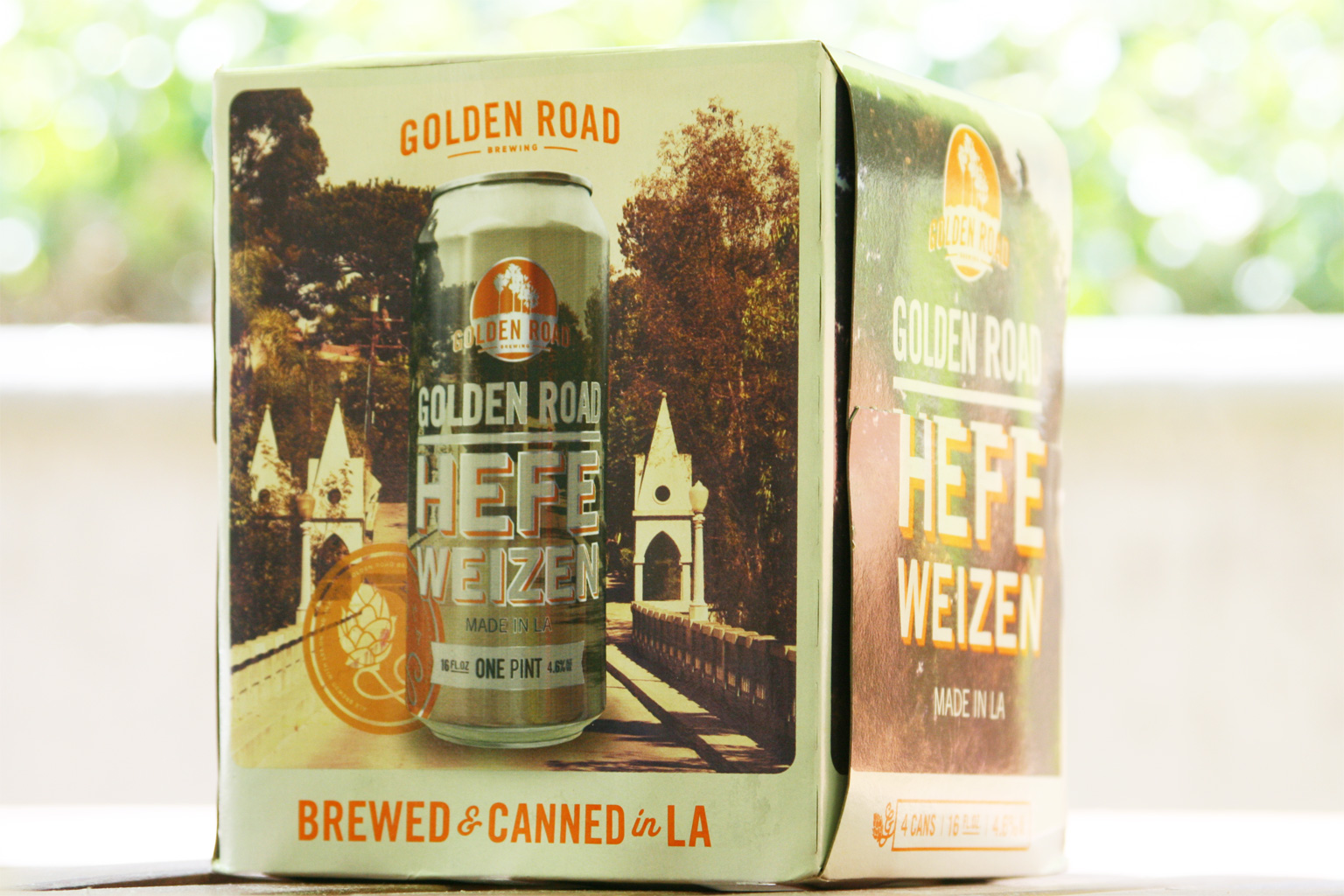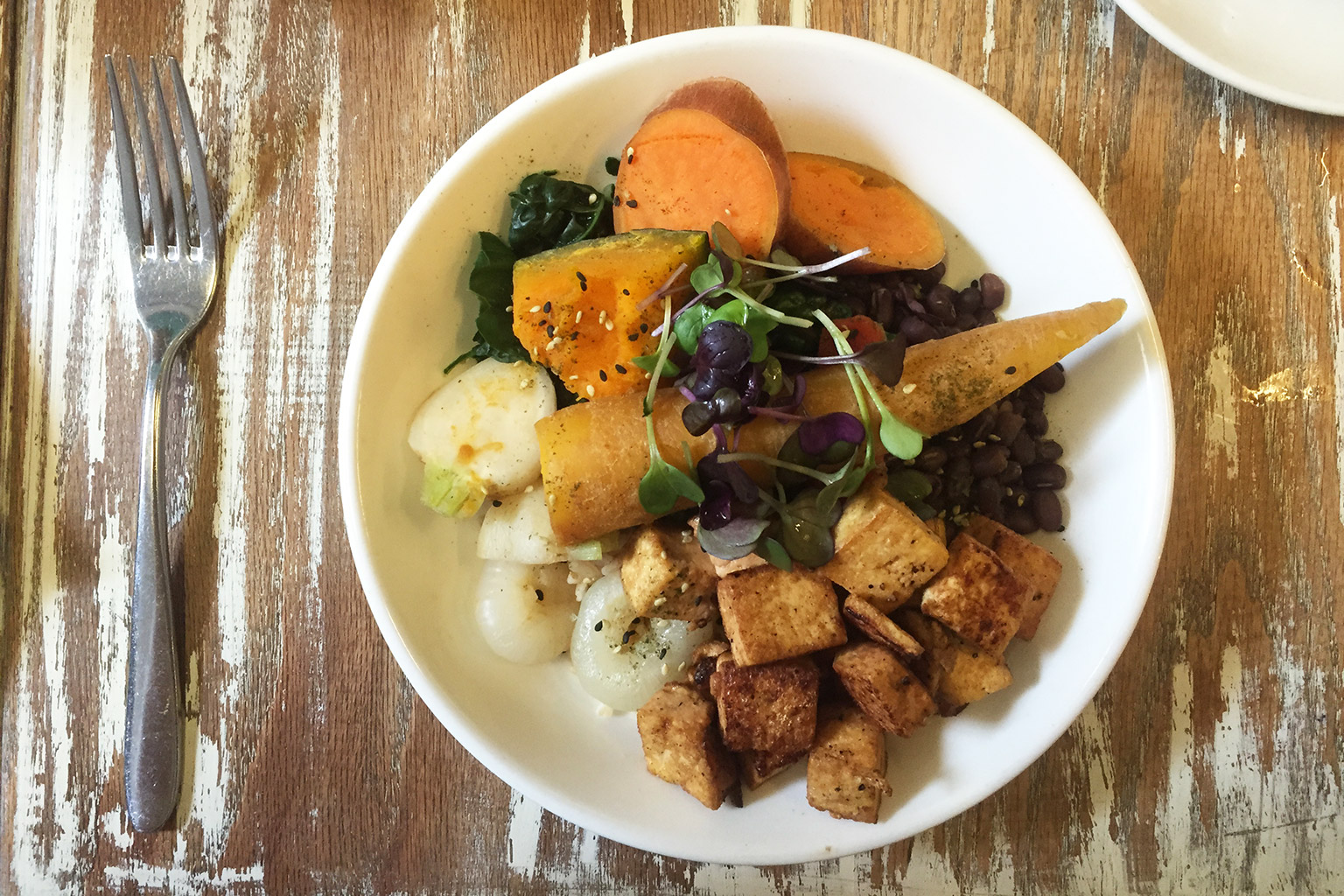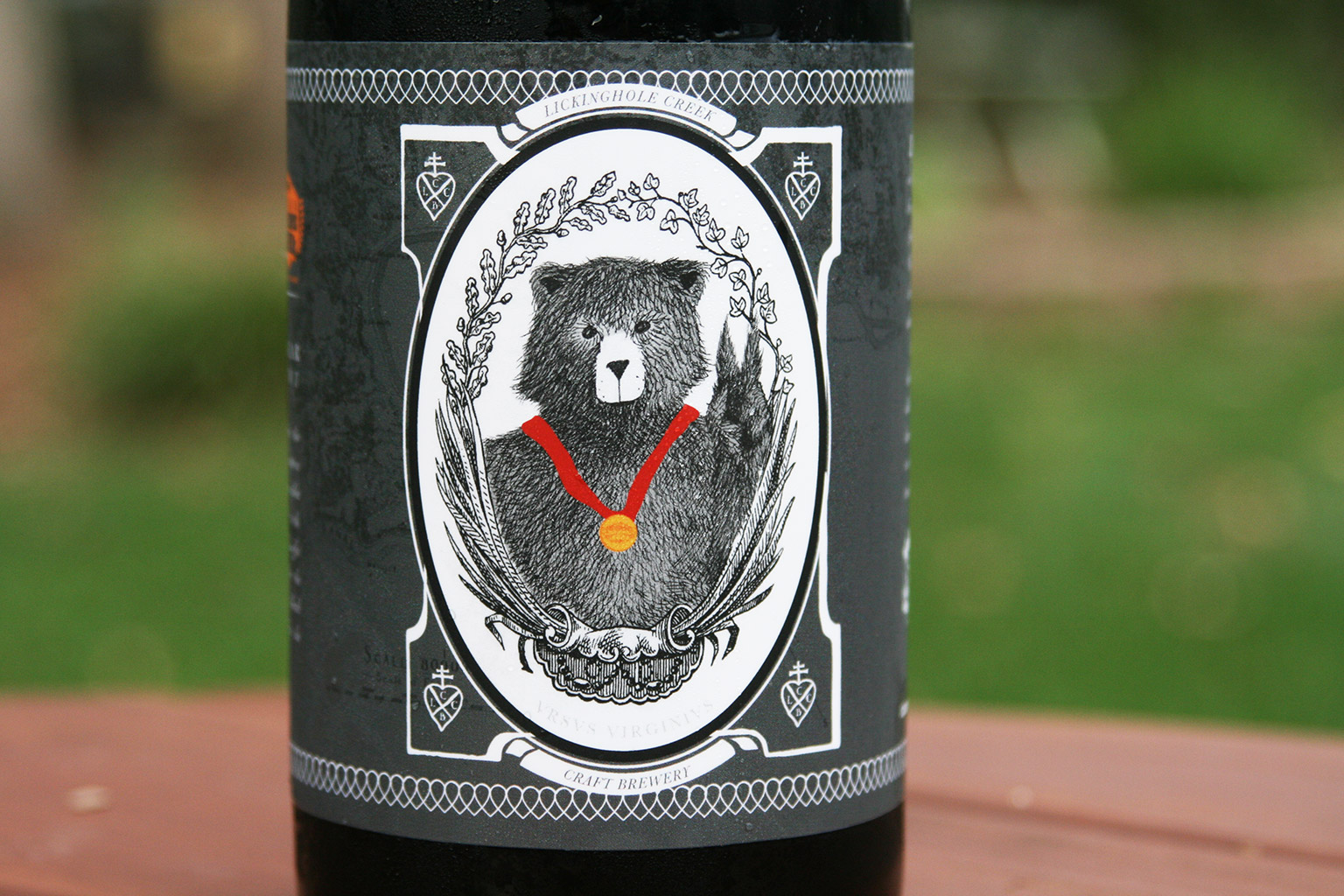April 5, 2011
First, I know what you’re thinking—“A green doughnut? Whaaaaaaa?” The doughnut in question (and in picture, above, along with a Rocky Road doughnut) was topped with green tea icing and candied ginger. And it was good. CRAZY good. Hand-made by Brooklyn’s newly crowned doughnut kings, Dun-Well Doughnuts, this is just one example of the many exciting, zany flavors the duo have been creating since their launch earlier this year (this week they’ve got Red Pepper and Mexican Chocolate!). Reader, you may well known of my self-professed obsession with donuts and how I very much miss having ones I can eat easily at hand. SO, needless to say, I was psyched when I head about Dun-Well. One of the esteemed two doughnut-makers, Christopher, took the time talk to us about do- vs. dough-, cakey vs. airy, and the mysterious, forbidden world of savory doughnuts.
Kindness of Ravens: Sooooooooooooooo, first thing’s first: Why doughnuts? Why vegan? WHY NOW?!
Dun-Well: Well, Dan and I have both worked for vegetarian restaurants in the past, and It was about 2 years ago that I became fed up with it. It wasn’t the food that bothered me, it was the fact that I was working for a lot of people who were not vegetarian or vegan and, in my opinion, were in some ways exploiting my community rather than celebrating it. This sent me on a mission to own and operate my own vegan establishment. Dan and I both threw around ideas for a while—pizza shop, full-scale restaurant, ice-cream and waffle shop—and it wasn’t until I was watching the 20th anniversary Simpsons special and a craving for doughnuts hit me that I realized that that was it. Dan always says that Doughnuts are the new cup cake and we each spent almost a year developing our recipe. Right now, I Think we are riding that wave and we are hoping to be surfing on top of it in the coming months when we finally open our own storefront.
KoR: Wait, I thought pie was the new cupcake…. Regardless, I’m vegan, I love doughnuts, and I loved you’s guys’ doughnuts, so thanks for that. What are your all’s pre- Dun-Well backgrounds? Did you all come form the world of gastronomy and culinary arts at all?
D-W: In a word: No. Dan and I are artists. I am an actor by trade and Dan is a sculpture. After we both became vegan, at different times—Dan for nine or so years now and me for six—we both started to love cooking. We both are total foodies…in the sense that we love to cook what we find interesting. Our doughnut recipe is over 8 months of trial and error….but OH, was it worth the wait.
KoR: As a fellow food-, and more specifically, doughnut-lover, I must agree. Were you both big doughnut fans in your pre-vegan lives?
D-W: I think we were both big anything sweet fans.
KoR: Fair enough. We noticed you’ve chosen to stand by the traditional spelling of ‘doughnut’ rather than ‘donut.’ The overall aesthetic of your company, with the site and branding, seems to be a little old-timey artisanal too. Was there a concerted effort to try and tie in to a sort of yesteryear craftsman feel and tradition or do you all just dig that look?
D-W: Well, we both love that look. I wear Bow-ties all the time…even when baking. We were actually inspired a lot by a business whose owners are great friends and mentors of ours—Lula’s Sweet Apothecary. We wanted to keep the idea of tradition and craftsmanship in our product because we don’t ever want there to be a mass produced feel. Our product is anything but that. Don’t get me wrong, Oreos are tasty and they are technically vegan, but we didn’t want to follow that template. We strive to use local, organic, natural, and kosher ingredients whenever possible and we like making something where you can name all of the ingredients without a dictionary. I think that is something that was very evident of that time period and is often lost today.
KoR: Well-said. And yeah, we ADORE Lula’s. So, I’m not sure if I’ve got the terminology down at all, but it seems to us that there are two basic types of doughnuts—cakey and then more…airy…I don’t know, what would you call it? And your all’s seem to fall in the latter category—any plans to go cakey with any of them?
D-W: Well, right now we make a traditional yeast-risen doughnut, or what we in the business refer to as the “Golden Standard” for doughnuts. They take a great amount of care and time to get correct but are worth every bite. Cake doughnuts are much easier to produce, but most people prefer yeast-risen, which is why Dan and I have worked so hard to develop a great yeast-risen recipe. We’re working on a great cake doughnut recipe, but don’t sell them now because our capacity is fairly limited. Once our shop opens though, you can count on there being every variety you can think of. Cake, yeast, turnovers, pull-aparts…you name it we’ll make it.
KoR: Sorry. I had to switch out keyboards because my previous one shorted out from all the drooling. How ’bout future flavors? You all certainly seem to be experimenting with some exciting options. Can you give us a heads up as to what you’ve got in the works?
D-W: I think what we are most excited about bringing out is a selection of savory doughnuts. Have you ever had a curry flavored doughnut covered I in a mango chutney glaze?
KoR: You crazy. You mentioned turnovers…any plans to do more not-quite-doughnut items? I would DIG on a Dun-Well eclair. Bearclaw?
D-W: Oh yes. There will always be something new from us.
KoR: Any interesting doughnut flavors that didn’t make the cut in the past due to resulting CRAZY taste? Like orange-tequila-bubblegum-cottoncandy?
D-W: Well, Dan has more than once shot down my idea for a Pepto-bismol doughnut…but I have a feeling I am wearing him down.
KoR: And another shorted keyboard for a totally different reason. Finally, and most importantly for me…WHEN ARE YOU COMING TO SOUTH BROOKLYN?! I know we’re not the vegan Meccas that some call Williamsburg and Greenpoint, but we’ve got some representin’ vegans, man. And, seriously. I love doughnuts.
D-W: Don’t worry. It is in the works. If nothing else we will be getting them to a coffee shop near you soon.
In the meantime, you can find Dun-Well at Boneshakers and Champs in the Williamsburg area and Lulu’s in the city, along with a hopefully ever-expanding list of locations. Check out the full roster here.



